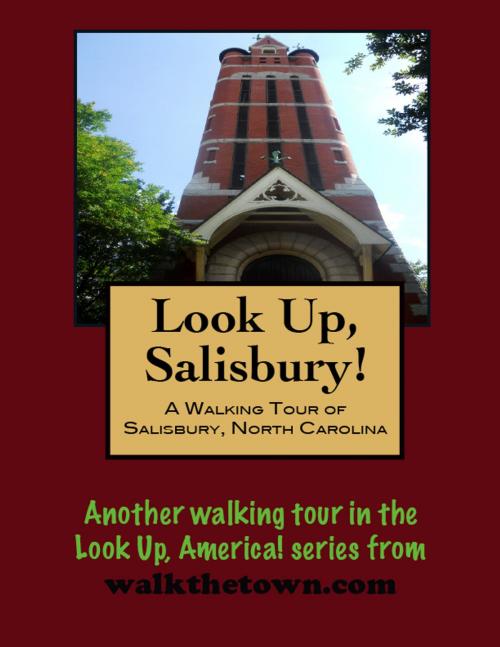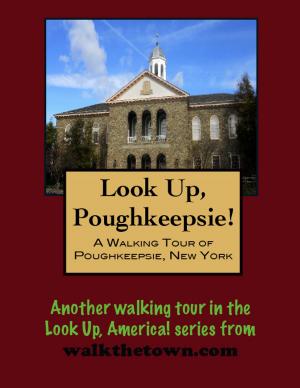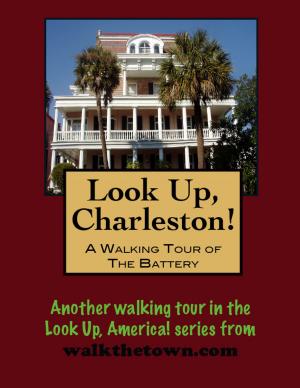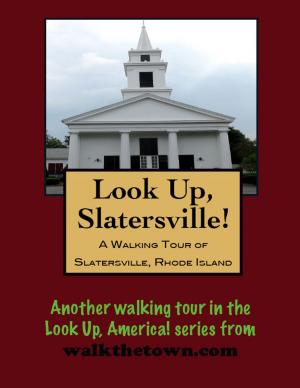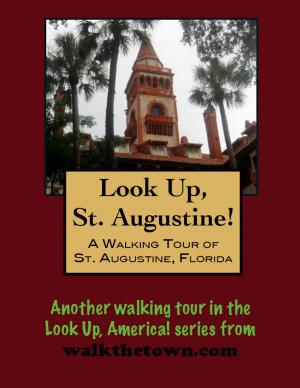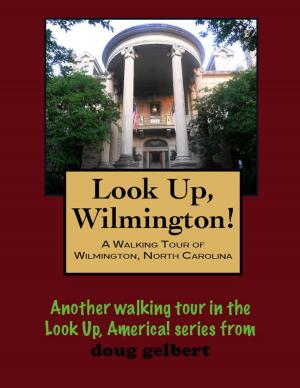| Author: | Doug Gelbert | ISBN: | 9781458131096 |
| Publisher: | Doug Gelbert | Publication: | June 18, 2011 |
| Imprint: | Smashwords Edition | Language: | English |
| Author: | Doug Gelbert |
| ISBN: | 9781458131096 |
| Publisher: | Doug Gelbert |
| Publication: | June 18, 2011 |
| Imprint: | Smashwords Edition |
| Language: | English |
There is no better way to see America than on foot. And there is no better way to appreciate what you are looking at than with a walking tour. Whether you are preparing for a road trip or just out to look at your own town in a new way, a downloadable walking tour is ready to explore when you are.
Each walking tour describes historical and architectural landmarks and provides pictures to help out when those pesky street addresses are missing. Every tour also includes a quick primer on identifying architectural styles seen on American streets.
With the influx of settlers into the frontier of North Carolina in the 1750s the Colonial Assembly authorized the creation of a courthouse and jail to provide for their justice needs. The location of this new county seat was at the junction of the Great Philadelphia Wagon Road that brought migrants south and the Trading Path that ran east-west. The new town began in February 1755 with James Carter platting the streets in four equal squares. Within a decade there would be about 40 houses and the town, thought to be named for the English cathedral village of Salisbury, would become the biggest and most important town of western Carolina well into the 19th century.
The railroad arrived in 1855 and during the Civil War Salisbury was a Confederate stronghold, staging troops and storing critical supplies. In 1861 an abandoned cotton mill was converted into a prison, first for Confederate deserters and then, notoriously, as a detention center for captured Union troops. The Salisbury Prison became infamous for its deplorable conditions and a target for General George Stoneman who raided the town on April 12, 1865 and burned the prison.
Stoneman, however, issued direct orders not to destroy any private residences or non-military structures and Salisbury emerged from the war in better shape than its Southern neighbors, with the railroad leading the way to recovery. In 1870 the Western North Carolina Railroad had established its shops in Salisbury and had become the largest single employer. In 1896, thanks to clandestine maneuverings by John Steele Henderson the Southern Railway established its largest steam locomotive facility on the outskirts of Salisbury, spawning a new town named for the first president of the line, Samuel Spencer. The Spencer Shops would employ some 3000 people until the mid 20th century.
Many of the buildings in Salisbury's Historic District were constructed during this 1900 to 1930 period, the last time Salisbury ranked among the top ten largest cities in North Carolina. But antebellum buildings remain as well, including some that dip into the earliest decades of the 1800s. But our walking tour will begin with the railroad and a building constructed in the years of its greatest influence, when two score trains a day rolled into town...
There is no better way to see America than on foot. And there is no better way to appreciate what you are looking at than with a walking tour. Whether you are preparing for a road trip or just out to look at your own town in a new way, a downloadable walking tour is ready to explore when you are.
Each walking tour describes historical and architectural landmarks and provides pictures to help out when those pesky street addresses are missing. Every tour also includes a quick primer on identifying architectural styles seen on American streets.
With the influx of settlers into the frontier of North Carolina in the 1750s the Colonial Assembly authorized the creation of a courthouse and jail to provide for their justice needs. The location of this new county seat was at the junction of the Great Philadelphia Wagon Road that brought migrants south and the Trading Path that ran east-west. The new town began in February 1755 with James Carter platting the streets in four equal squares. Within a decade there would be about 40 houses and the town, thought to be named for the English cathedral village of Salisbury, would become the biggest and most important town of western Carolina well into the 19th century.
The railroad arrived in 1855 and during the Civil War Salisbury was a Confederate stronghold, staging troops and storing critical supplies. In 1861 an abandoned cotton mill was converted into a prison, first for Confederate deserters and then, notoriously, as a detention center for captured Union troops. The Salisbury Prison became infamous for its deplorable conditions and a target for General George Stoneman who raided the town on April 12, 1865 and burned the prison.
Stoneman, however, issued direct orders not to destroy any private residences or non-military structures and Salisbury emerged from the war in better shape than its Southern neighbors, with the railroad leading the way to recovery. In 1870 the Western North Carolina Railroad had established its shops in Salisbury and had become the largest single employer. In 1896, thanks to clandestine maneuverings by John Steele Henderson the Southern Railway established its largest steam locomotive facility on the outskirts of Salisbury, spawning a new town named for the first president of the line, Samuel Spencer. The Spencer Shops would employ some 3000 people until the mid 20th century.
Many of the buildings in Salisbury's Historic District were constructed during this 1900 to 1930 period, the last time Salisbury ranked among the top ten largest cities in North Carolina. But antebellum buildings remain as well, including some that dip into the earliest decades of the 1800s. But our walking tour will begin with the railroad and a building constructed in the years of its greatest influence, when two score trains a day rolled into town...
